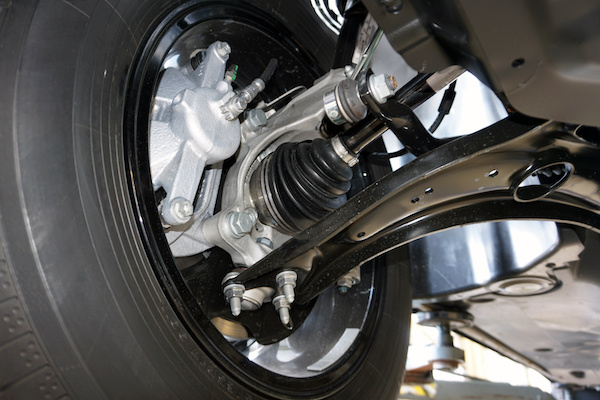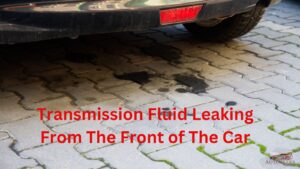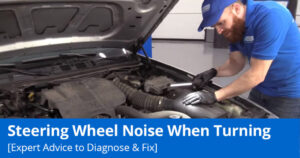Wheel bearings are made of metal balls that are held in place by a ring. They enable the wheel of your vehicle to spin with the least amount of friction possible. Lack of lubrication and normal wear and tear can cause, how to tell if wheel bearing is bad. Driving on a terrible wheel bearing can be risky, and could seriously harm your vehicle in the event that you keep on driving on it.
Wheel courses are basic for your wheels to cooperate explicitly, for the centre, tire, and congregations to agreeably work. Because they are also prone to abuse, it is essential to be aware of the warning signs.
Because there is no constant source of lubrication for the wheel bearings, they must be sufficiently tight to keep out water and road dust, which sets them apart from the bearings in the engine. They also support the entire vehicle’s weight while driving, so they take a lot of punishment from potholes, bumpy roads, and lateral forces when turning.
The wheel bearing, like the majority of automotive components, may eventually need to be replaced due to wear and tear.
Table of Contents
Symptoms Of Bad Wheel Bearing
1) Clicking Sound
At the point when the issue has advanced to a later stage, you might hear a clicking sound from the wheel while driving. Even though it isn’t very loud, you can hear it if you open the window while driving.
At first, it sounds like a small metal ball hitting the wheel, but as time goes on, it becomes much more audible.
This, like the humming sound, can easily be mistaken for a damaged CV joint, for instance. To avoid making a mistake, it is essential to thoroughly examine the undercarriage if this is the only symptom you are experiencing.
2) Grinding Sound
When the wheel bearing begins to make a grinding sound, it has reached the end of its useful life. This typically indicates that the internal components of the bearing are barely holding together and that a complete failure of the bearing is imminent—to the point where the bearing could become jammed and prevent the wheel from turning.

There is a distinct, loud sound that sounds like metal, like metal fragments are grinding together. I feel compelled to emphasize that you should take action to prevent the grinding from commencing before the issue reaches this point.
3) Wheel Wobble
This is one of the signs that the wheel bearing is seriously deteriorating. Similar to the grinding sound, this symptom should prompt you to replace the wheel bearing right away. Damage to the bearing results in undesirable play because it holds the entire wheel to the drive shaft.
This indicates that the entire wheel has undesirable play. Damage to the wheel bearing’s cage and rollers is the most common cause of this. By raising the vehicle and attempting to rotate the wheel from side to side, this can be easily observed.
4) Greasy Marks On The Wheel hub
Greasy stains on the rim or hub of the wheel are probably the least noticeable. Most of the time, all of the first symptoms are already there. As a result, you probably won’t notice this. However, if you notice this, such as when changing a tire or performing an inspection, reconsider.

Make a prompt examination assuming you notice thick, regularly dark or green, oil around the focal point of the wheel centre, on the inward part of the wheel edge, or on the hubcap
How to Fix if Wheel Bearing is Bad
Watch for a rattling sound as you turn the wheel. Put your hand on the back wheel and spin it as fast as you can if you think it has a bad bearing. A rattling sound when turning it is a sign that the bearing is bad. Even though it’s not as bad as a wobbling wheel, rattling wheel bearings need to be replaced right away.
The damage to a wheel bearing will get worse over time the longer you drive on it.
1) Replacing your wheel bearings
Even though modern wheel bearings are easier to install than those from earlier generations, proper installation, the use of the right tools, and adhering to the specified torque values are still necessary for maximum performance, durability, and safety. As a result, we recommend that you have the wheel bearings replaced with alemite products by a skilled and equipped professional mechanic.

2) Quality replacement parts
When you need to replace your wheel bearings, it’s important to look for high-quality components. Wheel end bearings from MOOG are engineered, manufactured, tested, and validated to OEM standards for maximum performance and durability. They are easy to install, of premium quality, and last a long time.
Repairing luxury brands, on the other hand, costs more. It is not necessary to replace the bearings at the opposite wheel on the same axle if one wheel experiences bearing failure.
Conclusion
A problem with the wheel bearings can have real safety implications in addition to compromising the smoothness of your ride and the longevity of your tires. As a result, wheel bearing inspections should be performed as soon as possible.
The issue may be serious if it progresses to the point where the wheel wobbles, the steering wheel vibrates, or the wheel has too much play. Serious indicates a risky impairment to the vehicle’s stability. It is best to address the issue as soon as the buzzing begins rather than allowing the situation to reach this point. Bring the vehicle in for professional evaluation of the wheel bearings.
- Dubai on a Budget: How to Choose an Affordable Daily Driver - December 23, 2025
- Understanding the Leading Causes of Car Accidents in 2025 - November 18, 2025
- How to Spot a Great Deal on a Car for Sale in NSW - October 31, 2025



